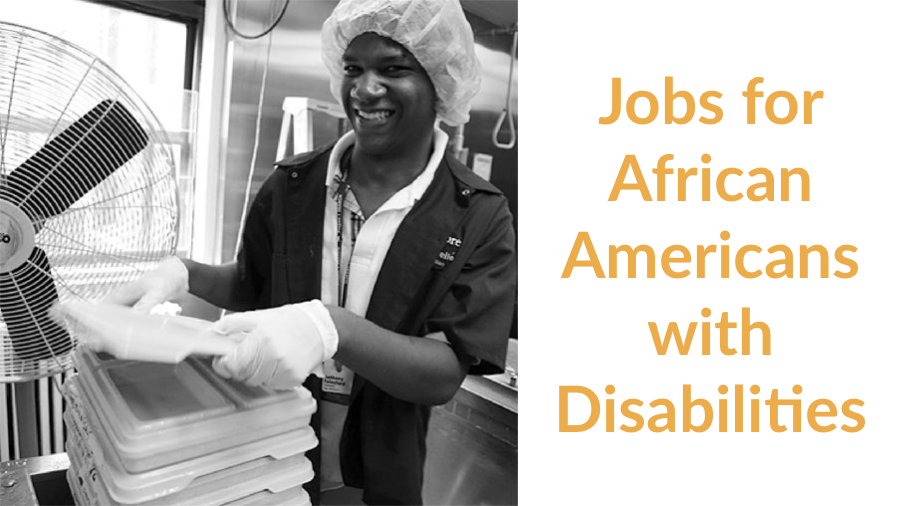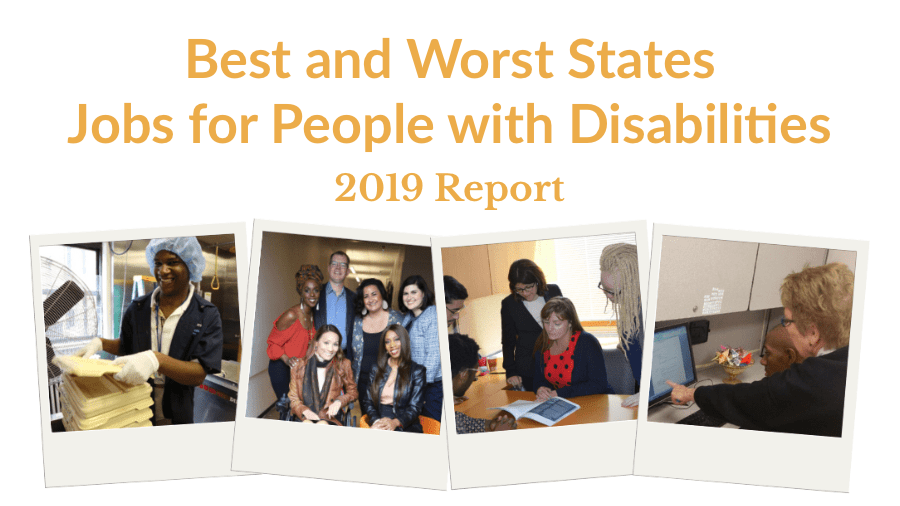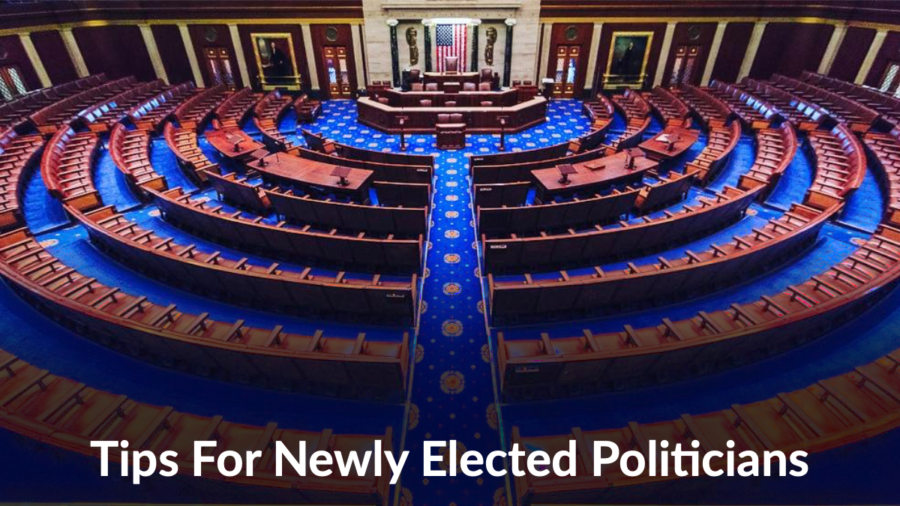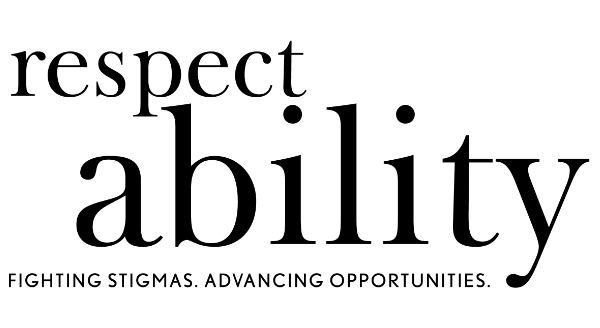 Los Angeles, CA, May 7 – RespectAbility, a nonprofit organization fighting stigmas and advancing opportunities for people with disabilities, submitted the following public comments last week to the City of Los Angeles Workforce Development Board. The Board is in the process of finalizing their new Workforce Innovation and Opportunity Act (WIOA) Year 20/2019-2020 Annual Plan. This plan will guide how the City of Los Angeles invests critical federal resources, builds new collaborations and works to empower people with barriers to employment in the year ahead.
Los Angeles, CA, May 7 – RespectAbility, a nonprofit organization fighting stigmas and advancing opportunities for people with disabilities, submitted the following public comments last week to the City of Los Angeles Workforce Development Board. The Board is in the process of finalizing their new Workforce Innovation and Opportunity Act (WIOA) Year 20/2019-2020 Annual Plan. This plan will guide how the City of Los Angeles invests critical federal resources, builds new collaborations and works to empower people with barriers to employment in the year ahead.
RespectAbility’s public comments, which were jointly written by the organization’s D.C. and L.A. based staff, focused on several critical issues. First, the comments outline key data points about the size and scope of the disability community in Los Angeles. Second, the comments outlined in extensive detail about critical best practices and proven models of empowering job seekers with disabilities to successfully enter the workforce. Third, the comments cover a range of other issues including adopting disability best practices into existing programs to support the reentry population, expanding entrepreneurship opportunities, and supporting the local community through parent engagement as well as community resource fairs. Lastly, the public comments go into detail about how to leverage the incredible power of media and Hollywood to empower people with disabilities by fighting stigmas.
The working draft of the City of Los Angeles Workforce Development Board’s 2020 plan can be found on their website here. Read RespectAbility’s comments in full below. [continue reading…]
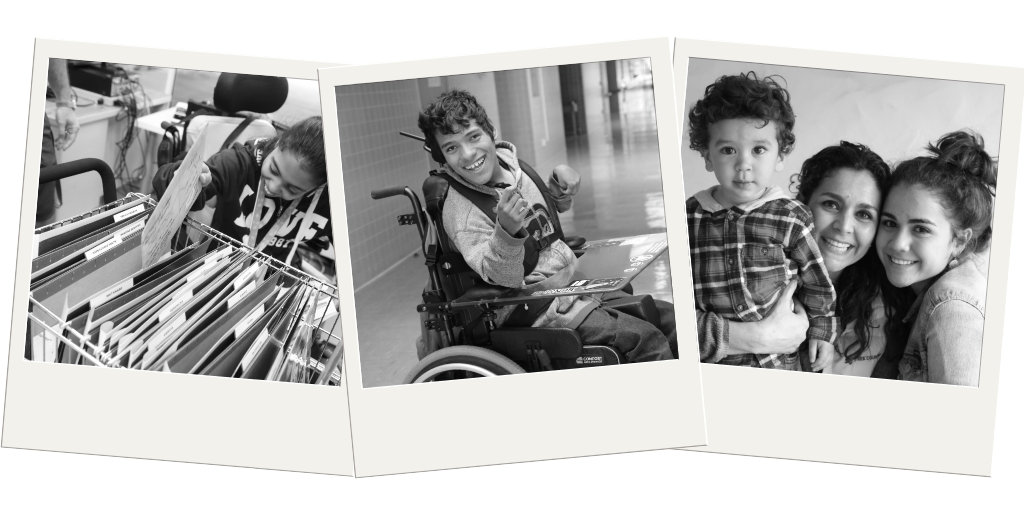 Washington, D.C., Oct. 13 – The country is celebrating National Hispanic Heritage Month, which began on September 15, 2019 and ends October 15, 2019. National Hispanic Heritage Month recognizes the contributions made and the important presence of Hispanic and Latino Americans to the United States and celebrates their heritage and culture. It is important to note this includes 5.1 million Latinx living with a disability in the U.S.
Washington, D.C., Oct. 13 – The country is celebrating National Hispanic Heritage Month, which began on September 15, 2019 and ends October 15, 2019. National Hispanic Heritage Month recognizes the contributions made and the important presence of Hispanic and Latino Americans to the United States and celebrates their heritage and culture. It is important to note this includes 5.1 million Latinx living with a disability in the U.S.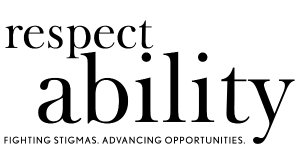

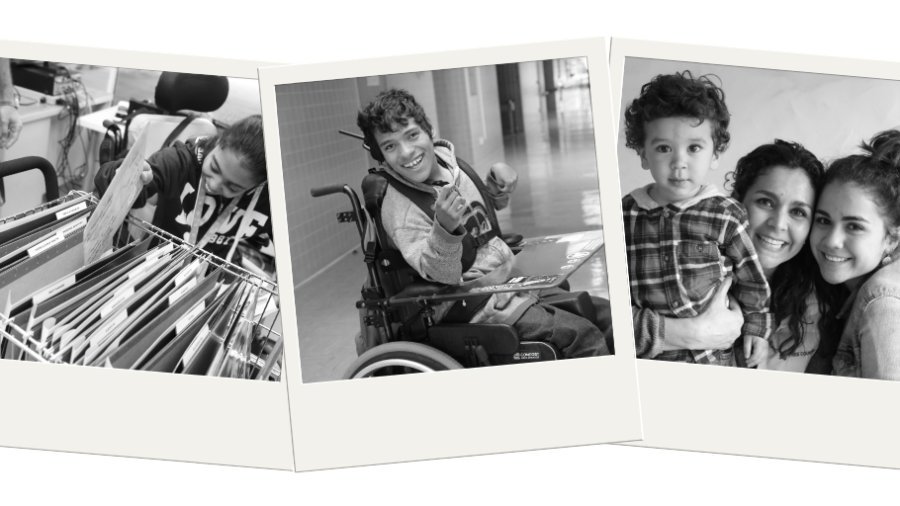



 Washington, D.C., Oct. 11 – At North Carolina State University,
Washington, D.C., Oct. 11 – At North Carolina State University, 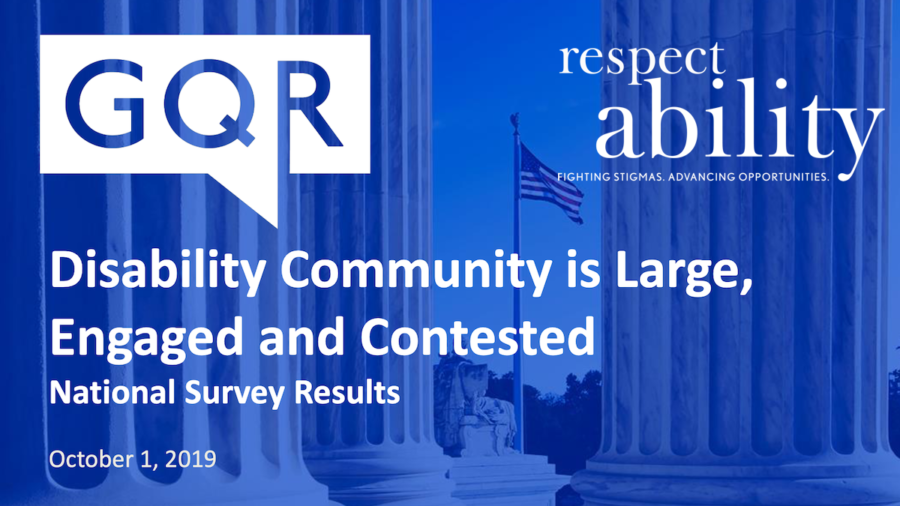
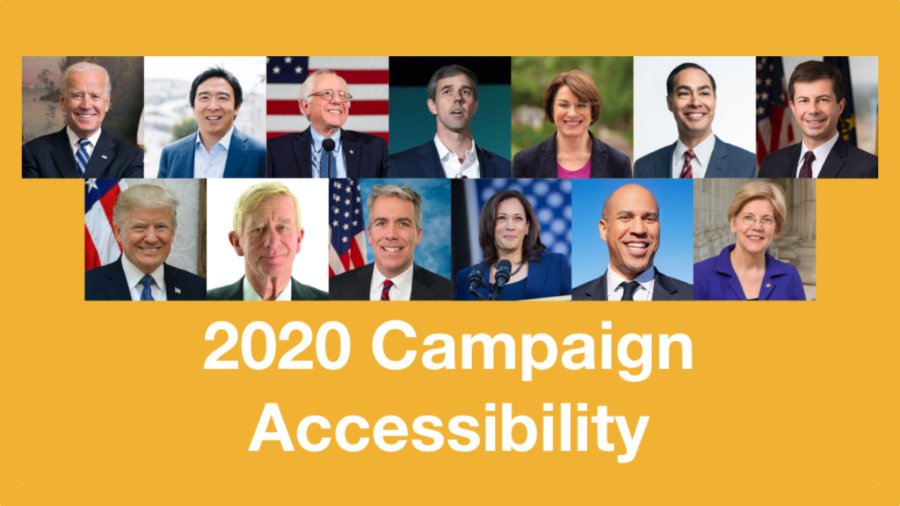
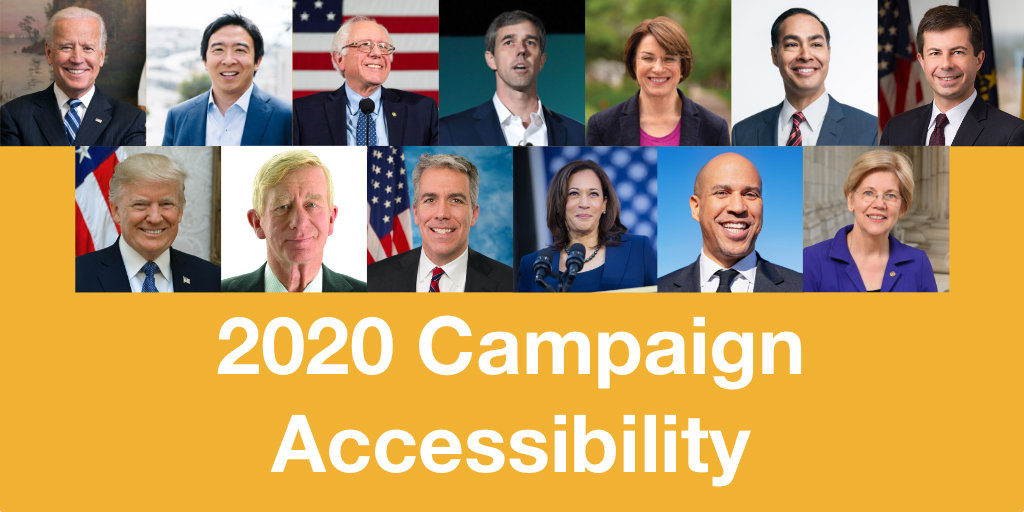 Washington, D.C., Sept. 12 – Nearly three months after a
Washington, D.C., Sept. 12 – Nearly three months after a 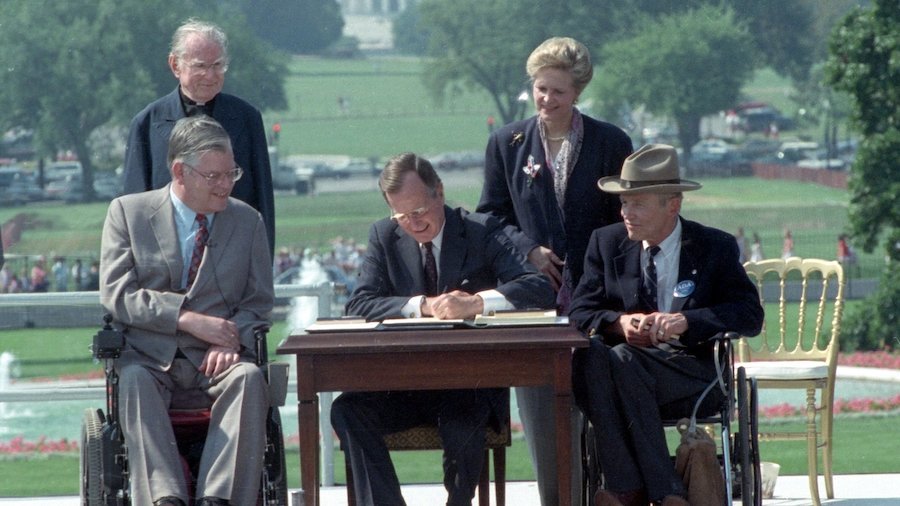
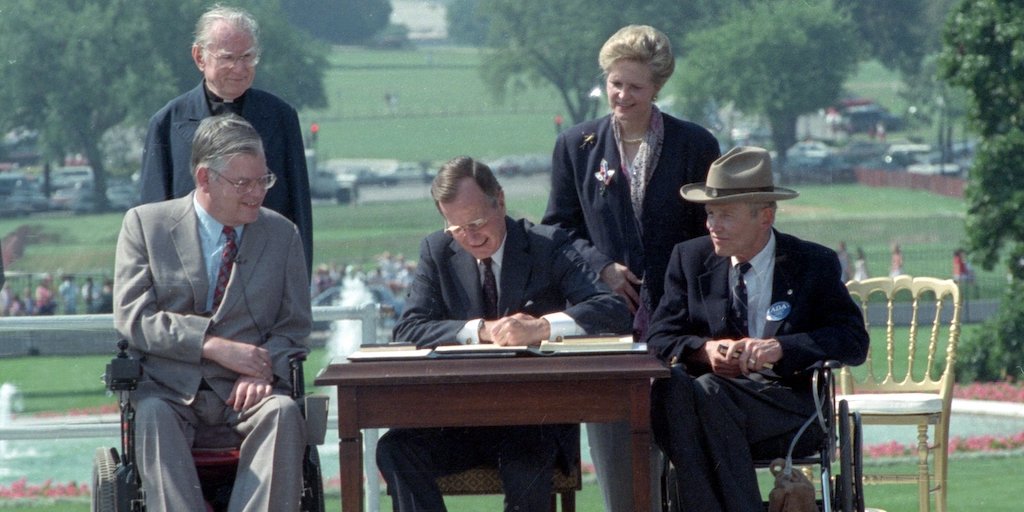
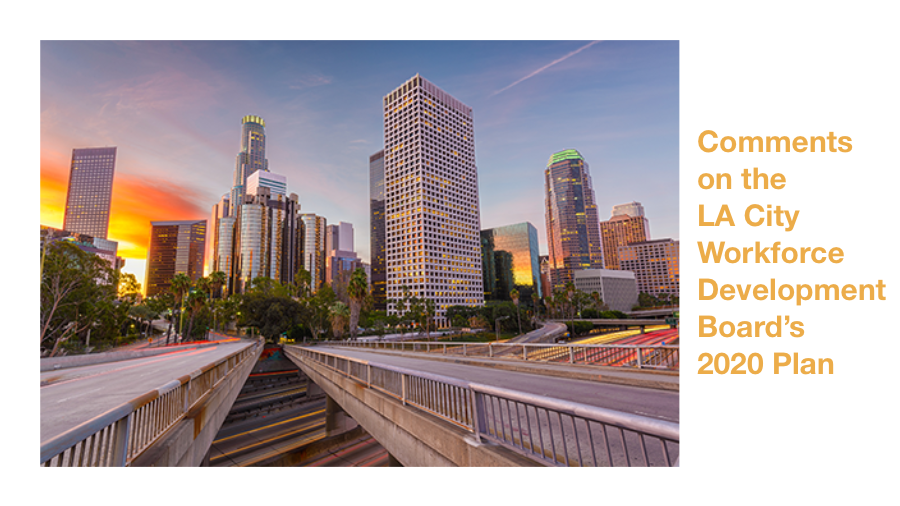
 Los Angeles, CA, May 7 – RespectAbility, a nonprofit organization fighting stigmas and advancing opportunities for people with disabilities, submitted the following public comments last week to the City of Los Angeles Workforce Development Board. The Board is in the process of finalizing their new Workforce Innovation and Opportunity Act (WIOA) Year 20/2019-2020 Annual Plan. This plan will guide how the City of Los Angeles invests critical federal resources, builds new collaborations and works to empower people with barriers to employment in the year ahead.
Los Angeles, CA, May 7 – RespectAbility, a nonprofit organization fighting stigmas and advancing opportunities for people with disabilities, submitted the following public comments last week to the City of Los Angeles Workforce Development Board. The Board is in the process of finalizing their new Workforce Innovation and Opportunity Act (WIOA) Year 20/2019-2020 Annual Plan. This plan will guide how the City of Los Angeles invests critical federal resources, builds new collaborations and works to empower people with barriers to employment in the year ahead.